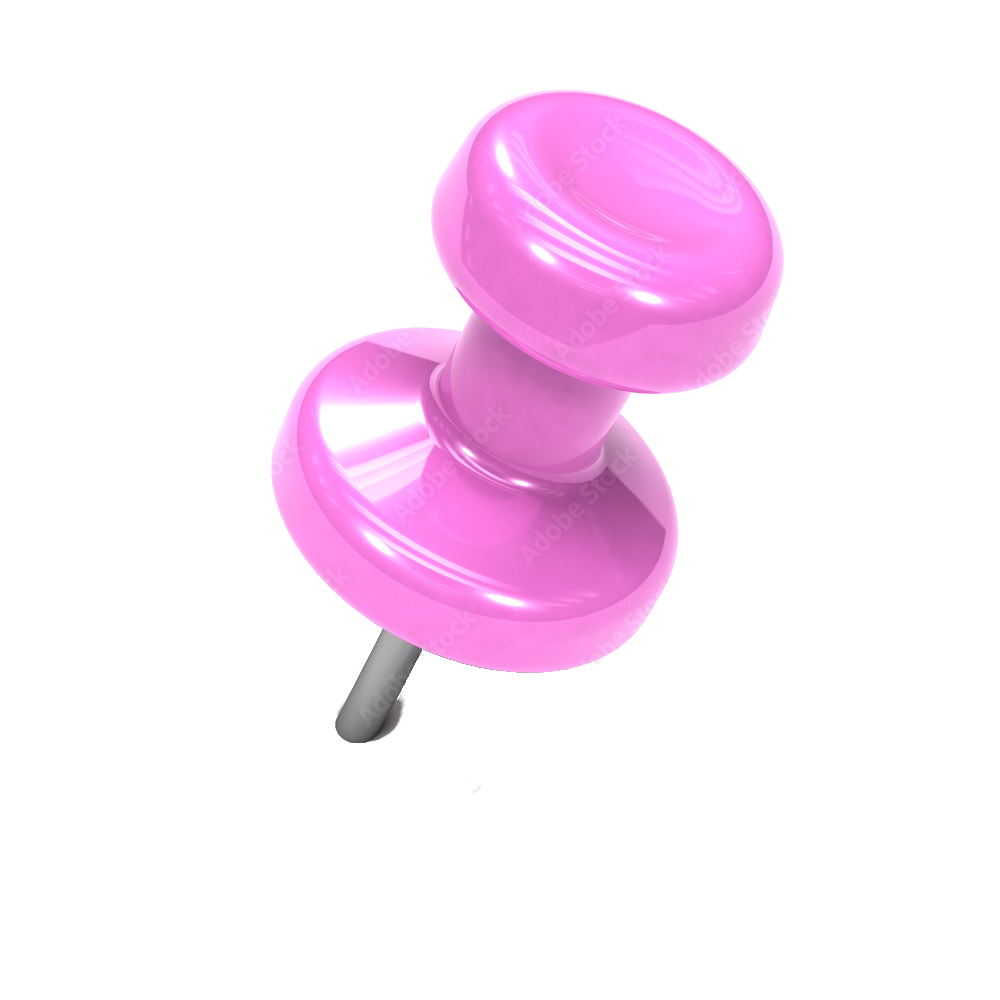I’m in a nasty frame of mind right now, and this is what my 'tism brain decided to laser focus on for several hours. I’m mad that my light bulbs cost 10x more than they used to, and don’t last any longer, and my power bill is higher than ever.
Yeah yeah, I know, it’s probably just capitalism shitting it up on purpose for profit. And bulb science is probably solid, I guess. I’m just pissed off that I just barely managed to scrape through this pay period with $2.78 left in the bank before I default on my mortgage.
Anyway, any lightbulb science comrades got any info?
I’ve never replaced an led bulb and I’ve had them 10+ years.
Dirty power can burn them out, as can bad heat dissipation
It would probably cost like $1 of components to make most led bulbs resilient to all but spookiest of power delivery, but why sell something once when you can make them buy it over and over again
What do you mean dirty power?
Let me copy and paste the top search result from Google:
“Dirty power” is a term used to describe electricity that deviates from this standard due to spikes, surges, and dips. The term also applies to electricity that’s been tainted by an outside influence, such as a stray wireless signal. Feb 13, 2023
Appreciate you thanks fam ❤️
No problem, the cost is just one passive aggressive comment 🙂
One man’s passive-aggression is another’s man’s learning annex
Some older wiring and devices can interact poorly and cause fluctuating voltages. The more stable the voltage, the less wear on the components and vice versa.
If you were to lower the voltage would it still cause extra wear? Like is it the fluctuation itself that causes the wear or is the the ‘higher than expected voltage’ during peaks of the fluctuating?
I know undervolting can make some electronics, including lightbulbs last longer, but I don’t know if that would countermand the extra wear from the changing voltage.
I haven’t explored LEDs too much, but have an education related to transistors. Because they are diodes, significant overvolting will degrade the diode itself and if it were to happen often enough could damage the junction to the point of no longer working. Fluctuating voltage could damage other parts of the device, but I’d guess overvolting is the bigger danger
I can’t think of a time where I had to replace an LED bulb either.
I mean, when I moved into a new condo, I replaced the bulbs with brighter ones, but the old ones worked and were covered in dust, so I’m guessing they were working for a long time.
Or some fell off the back of the truck chinese knock off crap leds.
As to electricity, even if you left all the non led lights on in your house all month, it’s still only a small portion of the usage compared to the water heater, hvac, dishwasher, and laundry stuff. Along with all them watts in your TV and coursing through a gaming desktop.
Filament bulbs are appreciably more expensive than led, to the point that an led pays itself back very quickly
Maybe CFLs, but a single incandescent bulb easily takes 60-100 watts. Assuming ten 60w bulbs in the house, that’s 14 kilowatts a day.
There are a few reasons it could be happening so I’ll start with some the most common
If your switches are dimmer switches and you’re not using dimmer bulbs they burn out faster
If your light fixtures are sealed you need to get bulbs that are compatible with sealed fixtures
Make sure you’re getting quality bulbs as lower quality bulbs will die faster
If your area has less than stable power your bulbs will burn out faster, though higher quality dimmer compatible bulbs will handle the less stable power better (you don’t need a dimmer compatible light fixture to use dimmer bulbs)
I use GE Reveal HD+ bulbs in my fixtures (basic apartment sealed domes) and they just keep on keeping on and they’re really color accurate.
I started with store brand LED bulbs and they just kept burning out and the color accuracy would be best described as vague at best. Not to mention they’d burn out pretty much every year when the storms would roll in and my power would get flaky.
It’s wild how back in the day most of our appliances were good with AC current but now DC is starting to become more prevalent. It’d be wild if in 100 years you didn’t screw in a lightbulb but fixtures had a USB port to power the things.
I’ve heard of PoE bulbs, but not seen them anywhere. That would be awesome for smart home as well as the powering aspect.
I already have USB sockets.
Heat is the main killer of LED bulbs. The Hook Up on YouTube did a comparison of several different bulbs and his investigation showed that filament style LED bulbs like the Phillips Ultra Definition ($3.50 per bulb) have a lower peak temp by like 80 degrees Fahrenheit than the standard style (12-24 LEDs in a ring). I recommend trying those out and seeing if you have better luck.
deleted by creator
Here is an alternative Piped link(s):
Piped is a privacy-respecting open-source alternative frontend to YouTube.
I’m open-source; check me out at GitHub.
They get too hot and the 0.07$ capacitor they put in it dries out and dies. You want the 0.09$ capacitor which lasts 1000 times longer, but usually they only put those in the 45$ led bulbs.
You can do like me, when they die, take them apart and replace the capacitor with a super deluxe 0.11$ one !
Holy shit I never thought about what’s inside an LED bulb past the LEDs themselves.
It’s an AC to DC step down voltage regulator and then a multi channel constant current regulator to drive the led and the current setting is changed by a microcontroller which usually has a Bluetooth or ZigBee or ism/315/433/915 MHz or infrared transceiver for communication with your phone / remote
Occasionally, for bigger lamps, they do need actual cooling fins though.
Yes, anything above 15watt needs heatsinks for sure
Either an electrical problem that’s burning them out or shitty bulbs.
If you have a dimmer switch, you have to get dimmer compatible bulbs.
shitty bulbs.
+1 on that as a potential issue. Don’t recall the brand, but I had bought a pack of light bulbs where the whole pack was having issues, to the point I called an electrician to check. When the electrician came and saw the brand he told me “those are garbage” and that he had seen plenty of people having issues with that brand.
I threw those away, bought some other brand. The exact same places where I was having to replace light bulbs often no longer had any issues.
What brand is it?
Don’t recall the brand. Threw the remaining ones out.
Bet would be a combo of cheapest you could buy and unstable power.
It’s either the wiring in your house or the light fixtures or both… If I remember right older light fixtures, like before the last 15 years, don’t have the right type of power regulation and it kills LEDs quick. Source: Not an expert just have the same problem in my place.
I think with an old light fixture it’s more likely a heat dissipation problem than it is the quality of the power. Incandescent light bulbs handled heat just fine (that was their whole point - they heated up until they were white-hot inside) but heat kills LED bulbs.
I have no idea what you’re doing wrong. All the led bulbs I’ve got are coming up on ten years old and working fine.
I’ve never had an LED bulb go bad. Even those that sit in a drawer or box for years at a time.
You’re either buying really shit bulbs or you’ve got shit power. Probably the latter.
This is a really interesting article on lightbulbs, which have a pretty conspiratorial past: https://interestingengineering.com/science/everlasting-lightbulbs-exist-ed
Did you know that a secret meeting was held in Geneva in 1924 between lightbulb manufacturers that lead to the formation of the ‘Pheobus Cartel’?
"The main objective of this cartel was to agree to control the supply of light bulbs. Each understood that if any one of them managed to develop a long-lasting light bulb, the need for replacement bulbs would likely dry up.
Bulbs were lasting too long. Not ideal from their point of view.
So, to combat this, all members of the cartel agreed to reduce the lifespan of bulbs on purpose. Initially, this was set to no more than 1,000 hours!"
The longest-lasting lightbulb was first turned on it 1901 and is still shining.
EDIT: Seems this is a myth, see replies for more information!
Technology Connections largely debunks this myth.
Light bulb will run for a very long time if you don’t want it to be bright.
Correct. We’ve replaced all our incandescent bulbs except for two 60w contractor bulbs in the a hallway that were installed when the house was built 18 years ago. All of the original higher wattage incandescents died within the first couple of years.
Here is an alternative Piped link(s):
https://piped.video/zb7Bs98KmnY?si=SDXvd0E9SPFbxKSG
Piped is a privacy-respecting open-source alternative frontend to YouTube.
I’m open-source; check me out at GitHub.
I swear i was going to link the same video
Thank you for the correction
Here is a really interesting video on lightbulbs which goes into how the light bulb cartel standard was more of a min-maxing of lifespan vs energy cost vs brightness than it was planned obsolescence.
Thank you for the correction!
That’s a cop-out. Why else would the companies agree to a fine for every bulb that exceeded a certain lifespan?
Here is an alternative Piped link(s):
https://piped.video/zb7Bs98KmnY
Piped is a privacy-respecting open-source alternative frontend to YouTube.
I’m open-source; check me out at GitHub.
I’ve heard that story, but it doesn’t fit the facts. Bulb life and efficiency is a compromise and no conspiracy is needed for manufactures to all settle on a similar optimal compromise. Long life bulbs existed back in the day, they were sometimes useful but mostly not worth it.
Also, that lightbulb that still shines today is kept on such a low output that it would not be useful for anyone.
Technology Connections did a good video debunking the light bulb conspiracy myth: https://youtu.be/zb7Bs98KmnY?si=kuo40VBOPtMzokqZ
Here is an alternative Piped link(s):
https://piped.video/zb7Bs98KmnY?si=kuo40VBOPtMzokqZ
Piped is a privacy-respecting open-source alternative frontend to YouTube.
I’m open-source; check me out at GitHub.
Your bulbs might be burning out because of overheating. These bulbs have their powersupply in the bulb screw, so there’s no real place for the heat to go. I have a ceiling lamp that causes normal bulbs to reach temperatures as high as 100c, and so they burn out every couple of moths. This might be your issue.
Edit: fixed misspelldeleted by creator
Look for bulbs with metal fins where the white plastic is in your image. They’re there as a heat sink so the heat disperses into the air rather than building up inside.
Even more so it’s in the design. The ones that overheat are being overdriven to their failure point. Better LED bulbs have more LEDs so they can be brighter with less power and more life.
LEDs should not get that hot. That’s literally a part of the technology
The LEDs don’t particularly (unless it’s a very powerful one), their power supply does though. LEDs run on DC voltage, so they need a converter from the AC line voltage to not die instantly
16 years ago, when I moved into a new apartment, I bought a 4 pack of colour changing led light globes. I liked them so much, I ended up replacing all of the remaining globes in the apartment with white only versions when they became available.
About 7 years in, 2 of them started having problems, so I replaced them. The other 2, along with the others I bought along the way are still going strong. I took them with me when I moved out of that apartment and put back the globes that the apartment had when I first moved in.
My current place has all the globes I bought, along with some my roommate had from the same timeframe. He never had any problem globes.
Now, these globes weren’t cheap, but I think that’s the point. Light globes don’t burn out like they used to, but if you buy the cheapest piece of crap you can find, you’re gonna get… well, the cheapest piece of crap.
As for your power usage, I suggest you look elsewhere. Even the crappiest led light will use less power than practically everything else.
The first few generations of led bulbs last longer. I have tons that are still going and no noticable loss in brightness even though the packaging said to expect that in place of burning out. Now there are a lot of shit tier ones mixed in. As others have mentioned there are also a number of specific compatibility problems too.
I’ve heard the explanation that they don’t dissipate heat well and their lives are shortened because of the fixture they’re placed in. With incandescent bulbs, heat wasn’t the issue it is with LEDs.
And the ability to dissipate that heat apparently depends a lot on the orientation of the bulb (socket up or down), enclosures, etc., so you can end up replacing LED bulbs in certain fixtures more frequently than others.
This is most of it. If they’re facing up (typical lamp), they’ll last for years. If they’re facing down (ceiling fixture), especially with a shroud around the bulb, they won’t last much longer than an incandescent. The control chip burns up if they get too hot.
So just put cheap ones in the fixtures that’ll kill them. You can get decent bulbs for less than $1/per.
Juat don’t buy the ones that say not to use in an enclosed space and they should do fine in any fixture.
Cheaper bulbs, definitely. I had a corner display cabinet I tried to switch over to using an LED bulb; the compartment for the bulb was nearly sealed and also lined with reflective materials, so the exterior got hotter to the touch than it ever did with an incandescent bulb. Damn thing started flickering and malfunctioning a few months in. Tried another LED bulb and the same thing happened only on a slightly longer time frame. Finally just gave up and went back to an incandescent bulb.



















